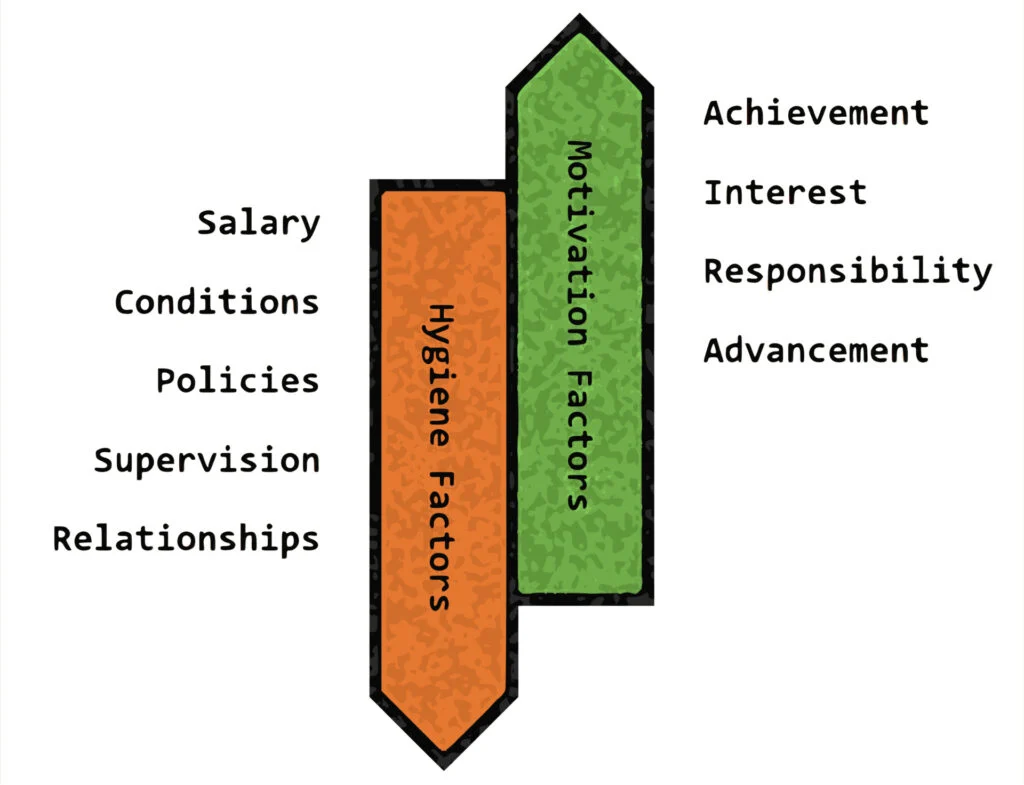-
04 Jun 2025
GS Paper 1
Data Interpretation
Day 6: Explain Frederick Herzberg’s Motivator-Hygiene Theory of motivation. (100 words)
Approach:
- Start with a brief introduction about Herzberg and the purpose of his theory.
- Explain the key principles of the theory in clear points with examples.
- Conclude suitably.
Introduction:
Frederick Herzberg's Motivator-Hygiene Theory, introduced in the 1950s, proposed that satisfaction and dissatisfaction stem from different factors. Unlike earlier models, it highlighted distinct motivators and hygiene factors, greatly influencing organizational behaviour and HR management.
Body:
- Job satisfaction and dissatisfaction stem from separate sets of factors, not a single continuum.
- Hygiene factors (e.g., salary, job security, working conditions) prevent dissatisfaction but do not create satisfaction.
- Motivator factors (e.g., recognition, achievement, responsibility) actively promote job satisfaction and motivation.
- Intrinsic factors are linked to satisfaction, while extrinsic factors mainly cause dissatisfaction.
- Simply removing dissatisfaction does not guarantee satisfaction; it only results in a neutral state.
Conclusion:
Herzberg’s theory remains influential in understanding employee motivation. Though later critiqued for simplicity, its distinction between hygiene and motivator factors is widely applied. It highlights the need to address both to improve workplace productivity and morale.






